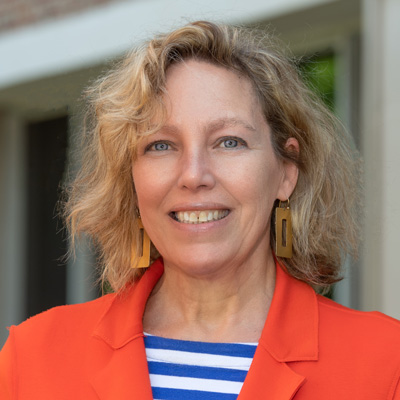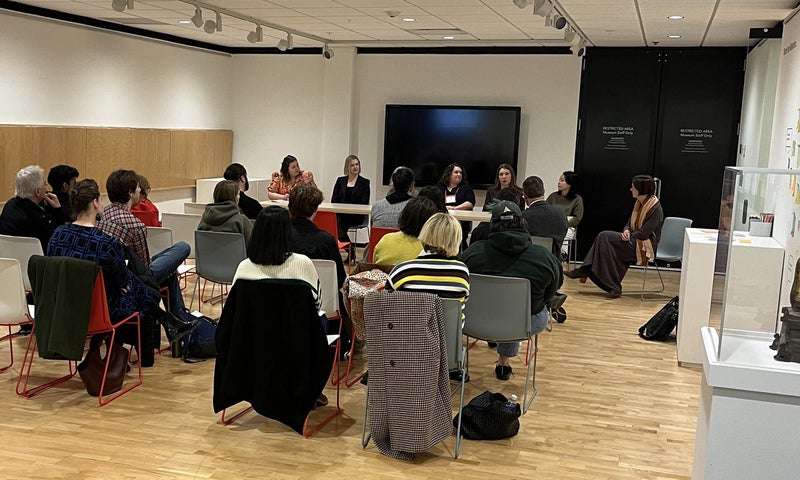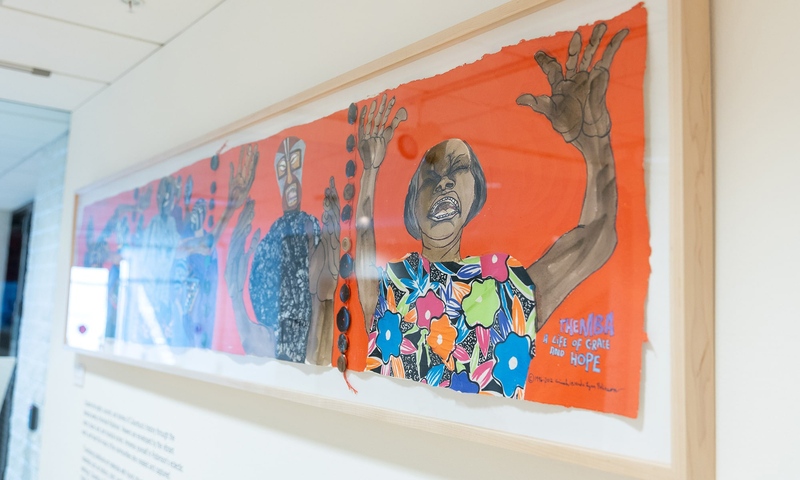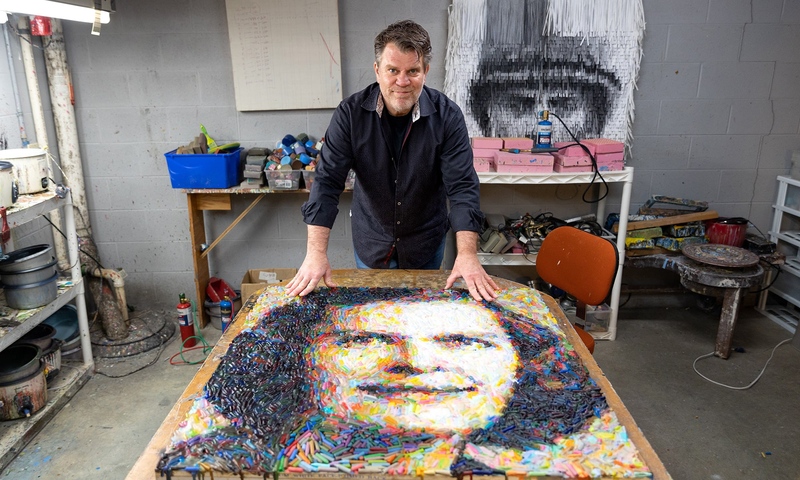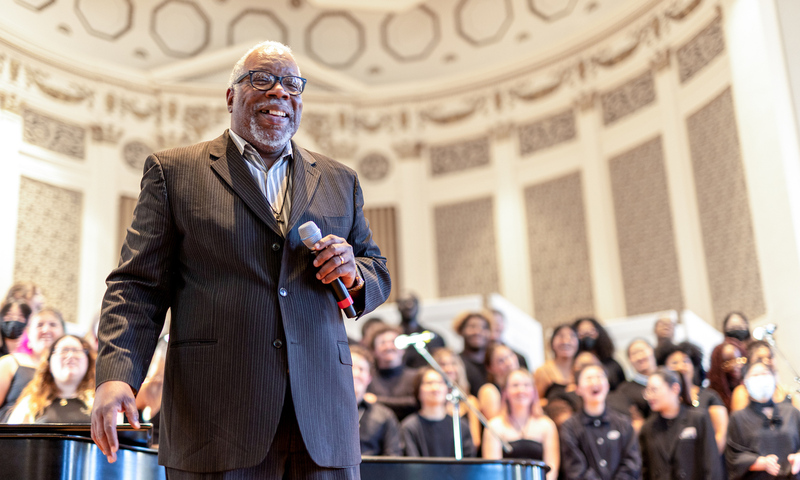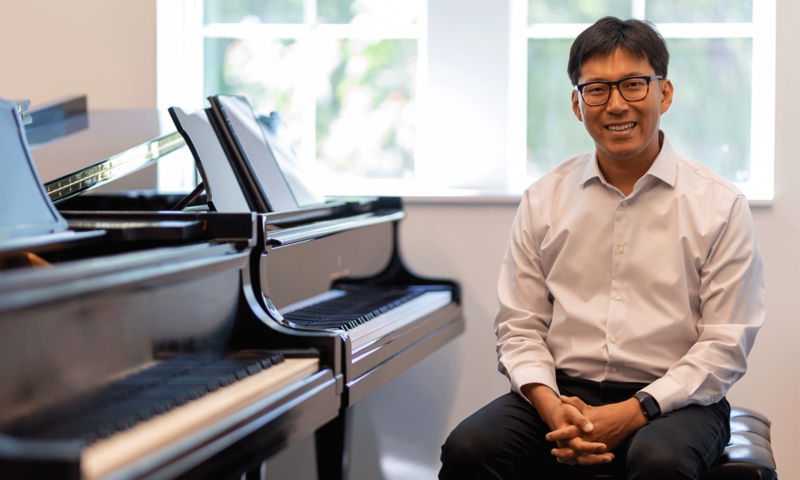The dance video you see here celebrates the work of world-renowned contemporary Black visual artists including Sanford Biggers and Kehinde Wiley. It was sparked by a visit to the Denison Museum by Associate Professor of Dance Ojeya Cruz Banks, who thinks their art is “evocative of movement, of swag, of emotion, of Black culture, story, and power.”
“The name of the exhibition, ‘Say It Loud,’ quotes late legendary global Black singer/dancer James Brown,’ says Cruz Banks, who was galvanized to bring students from her Global Hip Hop and African performance classes to see the history-making works in the Spring and to create dance inspired by them.
Students chose a piece of art they felt connected to and researched the history, meaning, and significance of the artist, as they developed skills in musicality and on-the-spot movement innovation. They learned about the “genesis and global roots/routes of House dance; and they rigorously worked on groove confidence, flow, cipher participation, and choreographic tactics of freestyle,” says Cruz Banks, who invited them to collaborate on the dance film project premiering at the Spring Dance Concert.
Chris Faur, an artist who directs collaborative technologies at Denison, and Resident Dance Musician Matthew Peyton Dixon were instrumental in the project as well.
At the begining of the COVID-19 pandemic, students went home to study remotely, but surprisingly, that didn’t halt the work. They learned independently, and developed skills in camera operation and other film elements such as angle, setting, lighting.
Cruz Banks had to pivot as well. “The experience was a test of flexibility in my pedagogy, mindset and in artistic vision,” she says. “It forced me to remember that good things can come out of uncertainty.”
She was equally impressed with the students’ resilience and resonance to the work. ”They have a critical consciousness about racism and how it operates in this nation, and they were able to use dance as a portal to process and transcend pain.”
The project strengthened the interdisciplinary connections found in the liberal arts. “I hope the students understand even more how Black dance, music, and visual art can be a lifeline for healing racial trauma, through saluting/honoring/recognizing/respecting/protecting African American humanity.”
